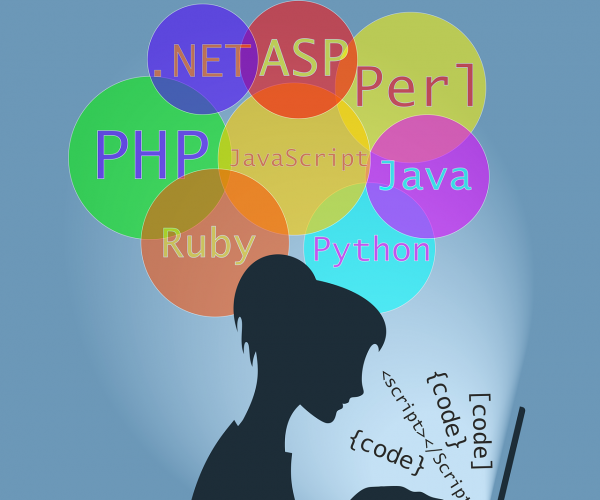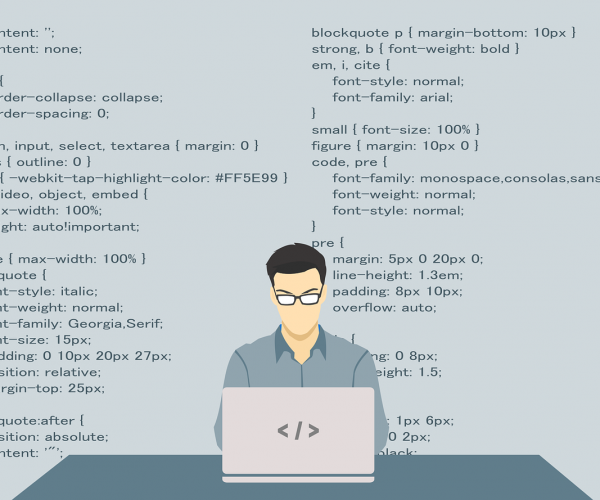Programmers have been developing websites since the 90s. Back then, websites’ primary purpose was to share information on the web. This meant a significant step forward. People could now access data, read news, or find out about their favorite company. All this could be done from home.
As web development evolved, more people started to have easier access to the Internet, modern gadgets, and software. Thanks to this, even users with no coding skills can set up and customize a website. This is possible thanks to what we know as ‘page builders. They are highly responsive and user-friendly. But with the broader options also comes the toughest competition. Now, website owners need to find new functions and innovative UX features to succeed in the market.
Modern websites can do much more than their ancestors from the 90s. They can manage bookings and payments; they can display forms and contact buttons. They have animated effects and menus and are automatically updated. They can also provide high levels of security. As an example, clients can enter their credit card data safely.
Today’s websites are far from being flat and static. They present interactive and responsive platforms that can do practically anything.
A new scenario for web developers
But what made this improvement possible? This is the work of web developers and programmers over the years. They use programming languages to develop all kinds of software.
Simply put, a programming language is a system that allows a person to give instructions to a machine. Like an interpreter translates from English to French, a programmer translates a set of instructions so a computer can understand them.
There are over 700 programming languages, but only some of them are widely used. They can be applied to different projects, including web development.
If you are looking to build a career in this industry, there are specific languages that you have to know. The sooner you start, the better. Next, we present a list of the most popular programming languages for website building.
Programming languages that every web developer should know
1. HTML/CSS to build a strong foundation
HTML and CSS are not programming languages per se. They are the basic languages to build a web page. With this said, it becomes clear why they earned a place on this list. By combining HTML and CSS, programmers can do many things but only regarding the basic structure. For further development, they will need other tools.
Being the foundation of web development, you will find CSS and HTML tags in any website’s code, no matter how complicated it may be.
With these two languages, programmers can build the foundation but won’t deliver everything the client requests.
2. PHP, the perfect second step
The PHP or ‘Hypertext preprocessor’ is used on the server-side of the website. Thanks to this scripting language, programmers can develop simple websites and apps. It’s used by many popular platforms like WordPress or Facebook, to name a few.
Being one of the best-known languages for web design, PHP is supported by many third-party extensions. These include MySQL and .Net. Thus, PHP is commonly used to link websites and other services like POP3, NNTP, HTTP, and COM.
Next, we list a few of its many advantages.
Advantages of PHP:
- Free access
- Open-sourced language
- Easy to learn
- Wide documentation available
- Possibility to output many files and elements (PDF, animations, images, text, etc.)
3. Python to manage large websites easier
Python is one of the most popular programming languages and is easy to learn. It allows programmers to take a step forward in web development. With Python, developers can create an ultimate website that helps a brand grow in different aspects.
Its integration with Machine Learning and Artificial intelligence opens a world of possibilities. Such a combination permits customer behavior research and the monitoring of product-related conversations. On large websites, there are many updates to implement along the way. A programmer’s job doesn’t end when the site is up and running. In these cases, the site needs constant editing. Python offers dynamic typing instead of static typing, which makes a large code easier to work with.
Python works very well with back-end development. For this reason, it’s used by platforms offering massive services like Instagram and Spotify.
4. JavaScript for ultimate design and UX
JavaScript is the best language to provide functionality. It’s also key regarding UX and UI. Whit HTML and CSS, programmers can build a basic menu. But with JavaScript, they can make it interactive, nice-looking, and responsive.
Its popularity is due to many reasons. JavaScript is a powerful tool that helps both developers and visitors. While visitors can enjoy a superior user experience, designers have access to an extensive library and many functionalities. Thus, they can create modern apps and websites. But JavaScript is not only limited to websites. Programmers can also create games, smartwatch apps, web servers, and presentations.
5. Java for outstanding security and optimization
Java is widely known as the language used to develop Android. It offers extensive libraries, APIs, IDEs, and frameworks. Java provides web developers unique features. They can handle multiple threads and users simultaneously without executing the same code many times. This generates a faster response and higher performance.
Considered one of the most secure web languages, Java allows advanced authentication, digital signatures, cryptography, secure login, and ciphers.
Conclusion
There are many available web development languages. Yet, these five options constitute the basics for building a modern and responsive website. Any programmer that wants a successful career in website development must master at least HMTL and CSS, PHP, Python, Java, and JavaScript.





